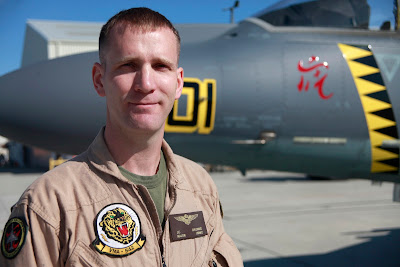The image above is an emergency responders decision making loop.
It takes into account the action that a well trained emergency responder will take upon arrival at the scene of the incident.
Now...this via Stars and Stripes. Read the whole thing at their site.
I contend that the enemy is inside our decision making cycle.
I didn't print it, but I've recieved e-mails that there is suppose to be a dramatic increase in US forces this summer and that the buildup is suppose to set the stage for at the very least...credible peace talks.
But as the "Old Corps" Marines like to say...the enemy gets a vote too.
And they've voted.
We had what pretty much amounts to a Tet Offensive and its been occuring for at least the past 6 months...since the end of OCT all the way up to MAR. The assasination of US and allied trainers by those Afghans that we were suppose to be training was the first sign that they were inside our heads.
Instead of responding vigourously to the attrocities that were happening, leadership down played the incidents and even had the audacity to tell the troops to suck it up and show discipline.
The next vote that the enemy cast was the country wide assault...most dramatically in the city of Kabaul. The response was again tepid. A few press releases and conferences that sought to tell the same tired lie. The war is well in hand and this type of activity was expected.
Now we have a helicopter shootdown. Again. A tepid response, an investigation and no statements to the allied countries peoples that the military leadership is aware of the problem and is taking steps to make sure that the enemy isn't capable of doing this again...at least without having to pay a steep price.
The enemy is voting and I personally don't like what the early returns are telling me.
It takes into account the action that a well trained emergency responder will take upon arrival at the scene of the incident.
Now...this via Stars and Stripes. Read the whole thing at their site.
The Black Hawk helicopter that crashed last week, killing all four U.S. soldiers aboard, was likely shot down by insurgents, according to sources with knowledge of the crash.Gentlemen.
The armed UH-60L Black Hawk went down in Helmand province around 9:40 p.m. Thursday while supporting a medevac chopper on a mission to pick up Afghan policemen wounded by a bomb. There were thunderstorms and low visibility in the area of the crash that day and it’s unclear whether that bad weather also played a role.
The Taliban claimed to have used a “rocket,” which they sometimes use as shorthand for a rocket-propelled grenade. Such weapons have been used repeatedly against helicopters in Afghanistan.
In the wake of the crash, U.S. military officials said enemy fire was unlikely. On Sunday, the International Security Assistance Force’s press desk responded to a Stars and Stripes query by saying it was “considered very unlikely that the crash was the result of enemy activity.”
But two sources with direct knowledge of the crash and the investigation have since told Stars and Stripes that it now looks more likely that the helicopter was shot down by enemy fire. The sources requested anonymity because they were not authorized to speak to the media.
When asked again Tuesday about the possibility of enemy fire, an ISAF Joint Command spokesman sounded a more cautious tone.
“Investigators are looking at all of the variables, but at this time it would be getting out in front of that to say more,” Capt. Justin Brockhoff said.
I contend that the enemy is inside our decision making cycle.
I didn't print it, but I've recieved e-mails that there is suppose to be a dramatic increase in US forces this summer and that the buildup is suppose to set the stage for at the very least...credible peace talks.
But as the "Old Corps" Marines like to say...the enemy gets a vote too.
And they've voted.
We had what pretty much amounts to a Tet Offensive and its been occuring for at least the past 6 months...since the end of OCT all the way up to MAR. The assasination of US and allied trainers by those Afghans that we were suppose to be training was the first sign that they were inside our heads.
Instead of responding vigourously to the attrocities that were happening, leadership down played the incidents and even had the audacity to tell the troops to suck it up and show discipline.
The next vote that the enemy cast was the country wide assault...most dramatically in the city of Kabaul. The response was again tepid. A few press releases and conferences that sought to tell the same tired lie. The war is well in hand and this type of activity was expected.
Now we have a helicopter shootdown. Again. A tepid response, an investigation and no statements to the allied countries peoples that the military leadership is aware of the problem and is taking steps to make sure that the enemy isn't capable of doing this again...at least without having to pay a steep price.
The enemy is voting and I personally don't like what the early returns are telling me.






